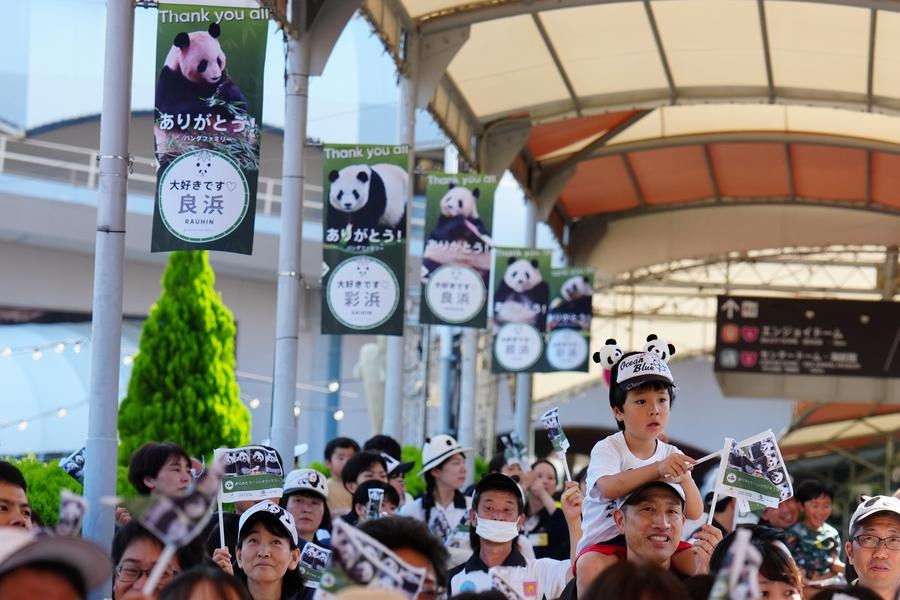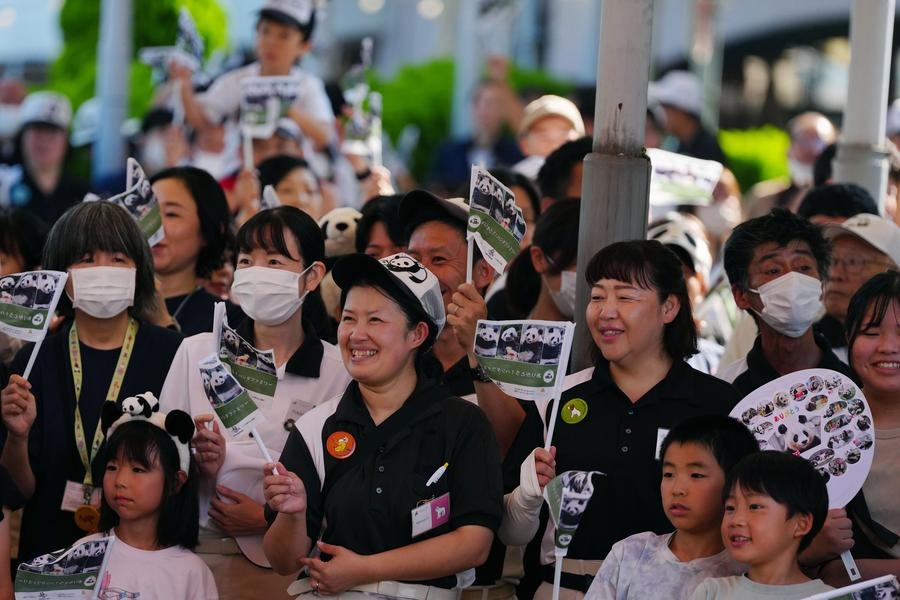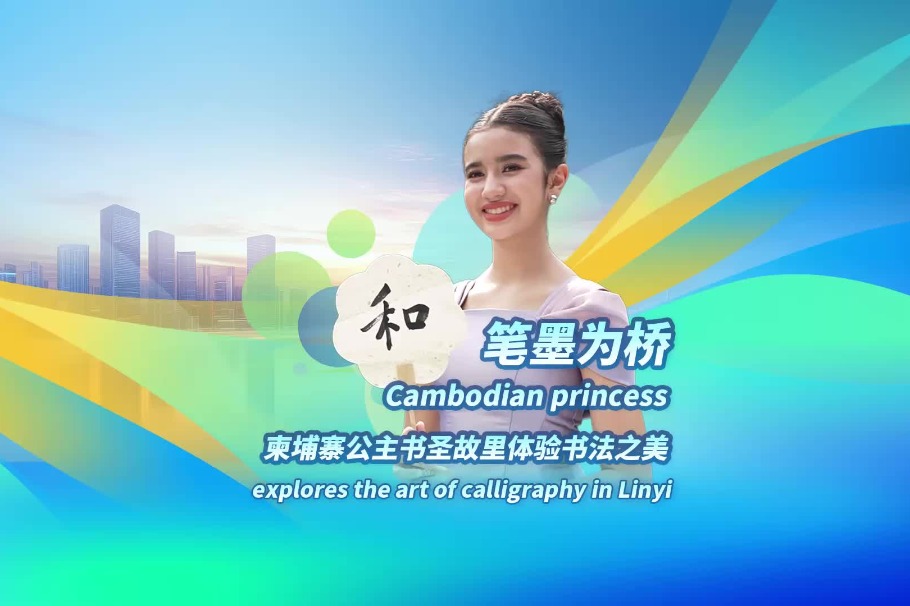New look at Chinese wines

Editor's note: To understand China, sit down to eat. Food is the indestructible bond that holds the whole social fabric together and it is also one of the last strong visages of community and culture.
Variety of country's alcoholic beverages goes beyond baijiu, encompassing an extensive range of regional drinks
Wine and distilled spirits are produced in almost every region in China, ranging from the sophisticated distillation of the world-famous Maotai to the moonshine grain liquor of remote rural hamlets.
| Cocktails China rose and Wintersweet plum highlight Chinese spirits. |
As with almost every culinary tradition in China, those who imbibe can be roughly divided into two major categories - north and south of the Yangtze River.
The colder north mostly prefers its liquor fiery and potent, with the alcohol content going as high as 60 to 70 proof, mainly to warm the blood quickly in frigid climes. Its lightly colored cereal spirits are double distilled and frequently perfumed by the grains they are made of, like sorghum, millet, buckwheat, corn and potatoes. The generic term is baijiu, or white spirits.
In the warmer south, the beverage of choice is more wine-like, drawn from fermented lees, or sediment, mostly of rice. These are known as huangjiu, or yellow wines, and are sweeter and milder, with a much lower alcohol content. They are meant to be slowly sipped to savor the nuances.
In between, there are regional fermented and distilled spirits of every kind, and in the days before the central government banned the giving of luxurious festive tributes, a themed regional gift hamper would inevitably include an ornately packaged bottle of local liquor in gaudy colors.
Official banquets hosted by branches of government, too, now actively discourage hard liquor during the meal. As a result, the prices of baijiu have fallen from their previous astronomical heights.
Perhaps as a southerner and malt drinker, I find it hard to appreciate baijiu, but my ethnic Manchurian-Han husband tells me it is all an acquired addictive taste. He regularly quaffs little chalices of Niulanshan erguotou, a 65 proof white spirit produced in Beijing. It is so strong it can be lit with a match.
Baijiu may make your dining neighbors sneeze at a whiff, but the aficionado seems totally undeterred. Often, it is accompanied by little platters of xiajiucai, drink chasers from a buffet of toasted peanuts, boiled soybeans, pieces of five-spice-flavored hard bean curd, chilled slices of braised beef shin, stewed chicken feet, smoked duck necks, and so on.
The yellow wine, huangjiu, is much more mellow, and usually drunk at room temperature in the hotter seasons and warmed in a hot water bath in winter. It is also frequently paired with food, including the famous Chinese mitten crabs of autumn.
Yellow wines are mainly produced in provinces on the eastern seaboard, such as Jiangsu and the Shanghai hinterland. The most famous is in Shaoxing, whose name has actually become synonymous with the best.
In that part of China, it is customary for parents of newborns to stash an urn of wine in the cellar or under the bed. That vat of wine will be broken open only upon the child's coming of age.
For the daughter, that wine is called nyu'erhong, or virgin red, and will be shared with family and friends at her wedding banquet. The son will be celebrated with his urn of zhuangyuanhong, or scholar red, on his college graduation.
In Chinese homes, baijiu often acts as a steeping agent for herbs such as ginseng, Chinese jujubes, haw fruit, arbutus or wolfberries. Fruits such as green plums and apricots are also used to flavor the spirit.
Huangjiu, however, is used more often in cooking. Almost every Chinese cook will have his cooking wine ready to add to stir-fries. The yellow wine has also given rise to a whole new cooking style - drunken chicken, and drunken crabs, fish and prawns.
In Shanghai, a favorite appetizer is tiny wine-pickled river snails with transparent shells they call huangniluo. While these foods are mainly flavored with huangjiu, often a slug of baijiu is added to "sterilize" the food.
It used to be that local Chinese spirits could be ordered only at restaurants, together with food, and only at neighborhood outlets. There were few attempts to mix them in cocktails.
In Taiwan, I once experienced a lethal concoction of huangjiu and baijiu flavored with a couple of crushed pickled plums and served on ice. It went down so very easily we were ordering jugs and jugs.
I never forgot the hangover.
These days, however, better quality spirits and a fresh crop of local mixologists are beginning to make a difference, catering to the young set and adventurous foreign visitors to China. There are now new exciting stories to tell.
paulined@chinadaily.com.cn
Taking the essence of Chinese spirits abroad
Paul Zhang decided as a teenager he wanted to stand out behind the bar counter. This Tianjin native persuaded his parents to let him go to the big city.
He started bar-hopping in Beijing and in Tianjin, gaping at the spirited acrobatics of talented mixologists, constantly asking questions and sometimes surreptitiously peeking down the counter.
At 19, he got his first job as a bartender and started stints at the best international hotels in Tianjin, and later Macao. More importantly, in 2013, he started creating cocktails with all the classic Chinese elements, fusing local spirits with traditional mixers.
He was soon creating winning recipes - wowing successive international judging panels at cocktail competitions worldwide.
One of his favorite ingredients is meiguilu, essence of rose, a white spirit made in Tianjin. He combines it with deep red roses, the city's official flower, to create a cocktail that best symbolizes his home city.
His other experiments include making his own brewed bitters using Chinese herbs, and combining rum, vodka and whiskey with haw fruit, osmanthus flowers, and even prickly ash berries, otherwise known as the Sichuan peppercorn.
"My inspiration comes from the Chinese classics, either in art or poetry. One of my award-winners is a series based on the four gentlemen of nature - plum, orchid, bamboo and chrysanthemum."
Zhang continues his innovation now in Beijing, working as bar manager and head mixologist at the iconic Peninsula Hotel just next to the Forbidden City.
His creations continue to fuse Chinese spirits into Western cocktails, and his attention to detail is seamless, often setting up the perfect backdrop to his drinks with the right calligraphy, painting and even appropriate music.
Paul Zhang's cocktails with Chinese elements:
Chrysanthemum stage:
Infusion of chrysanthemum in gin, Chinese jujube liquor, meiguilu, lemon juice, grenadine syrup.
Wintersweet plum:
Vodka, Chinese green plum wine, Campari, sweet vermouth, Dom Benedictine.
Bamboo green:
Vintage rum, sweet vermouth, bamboo green baijiu, wild cherry wine.
Dragon dance:
Haw fruit-infused bourbon, cranberry juice, lemon juice, Pimm's.
China rose:
Lychee wine, meiguilu, raspberries, lemon juice, Champagne.
Paul's negroni:
Campari infused with nutmeg and star anise, gin, sweet vermouth, freshly grated nutmeg.
| Paul Zhang fuses Chinese spirits into Western cocktails. Photos Provided to China Daily |
(China Daily European Weekly 08/12/2016 page19)
Today's Top News
- Beijing warns countries against signing trade deals with US that hurt Chinese interests
- AI shouldn't undermine humanity's progress
- Xi urges villagers in Xizang to uphold ethnic solidarity
- Digital tax sparks breakdown in US-Canada trade talks
- Expert debunks Lai's 'four elements' argument for Taiwan's so-called statehood
- China opposes any tariff deal made at its expense: commerce ministry
































